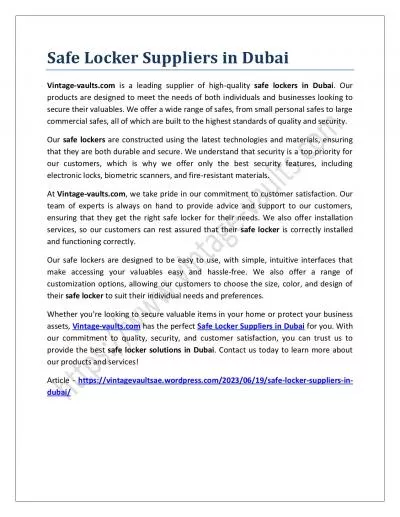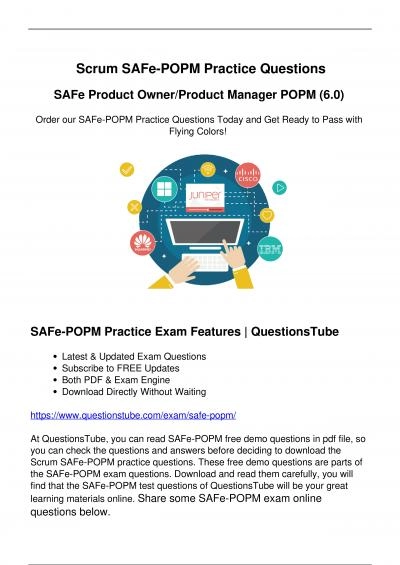PPT-Keep it safe
Author : luanne-stotts | Published Date : 2016-11-10
Steps to a Healthier Home Learning Objectives Page 81 Are Injuries Accidents Accidents Injuries Page 81 SafetyRelated Housing Issues Source American Housing Survey
Presentation Embed Code
Download Presentation
Download Presentation The PPT/PDF document "Keep it safe" is the property of its rightful owner. Permission is granted to download and print the materials on this website for personal, non-commercial use only, and to display it on your personal computer provided you do not modify the materials and that you retain all copyright notices contained in the materials. By downloading content from our website, you accept the terms of this agreement.
Keep it safe: Transcript
Download Rules Of Document
"Keep it safe"The content belongs to its owner. You may download and print it for personal use, without modification, and keep all copyright notices. By downloading, you agree to these terms.
Related Documents

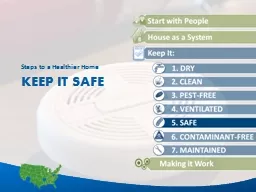

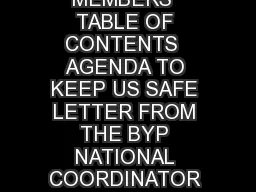
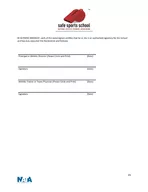
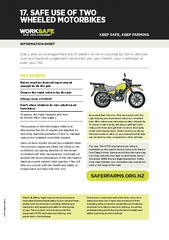
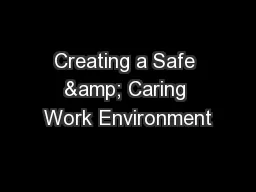
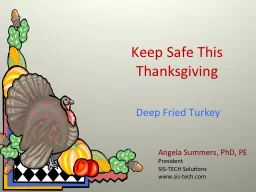
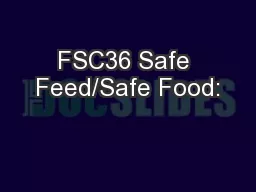
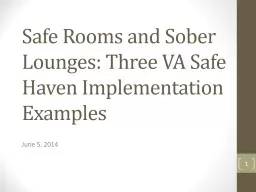
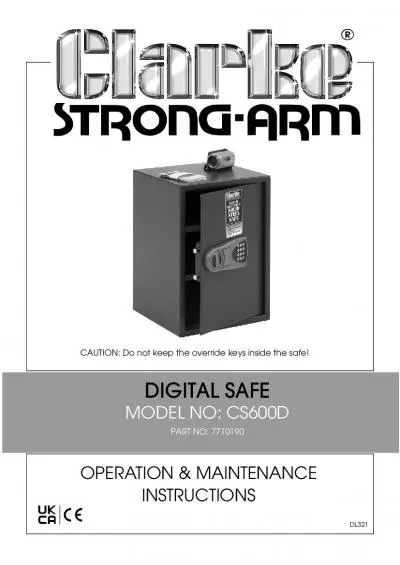
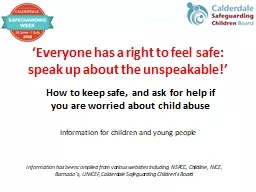
![[BEST]-The Ask Leo! Guide to Staying Safe on the Internet - Expanded 5th Edition: Keep](https://thumbs.docslides.com/986696/best-the-ask-leo-guide-to-staying-safe-on-the-internet-expanded-5th-edition-keep-your-computer-your-data-and-yourself-safe-on-the-internet.jpg)
